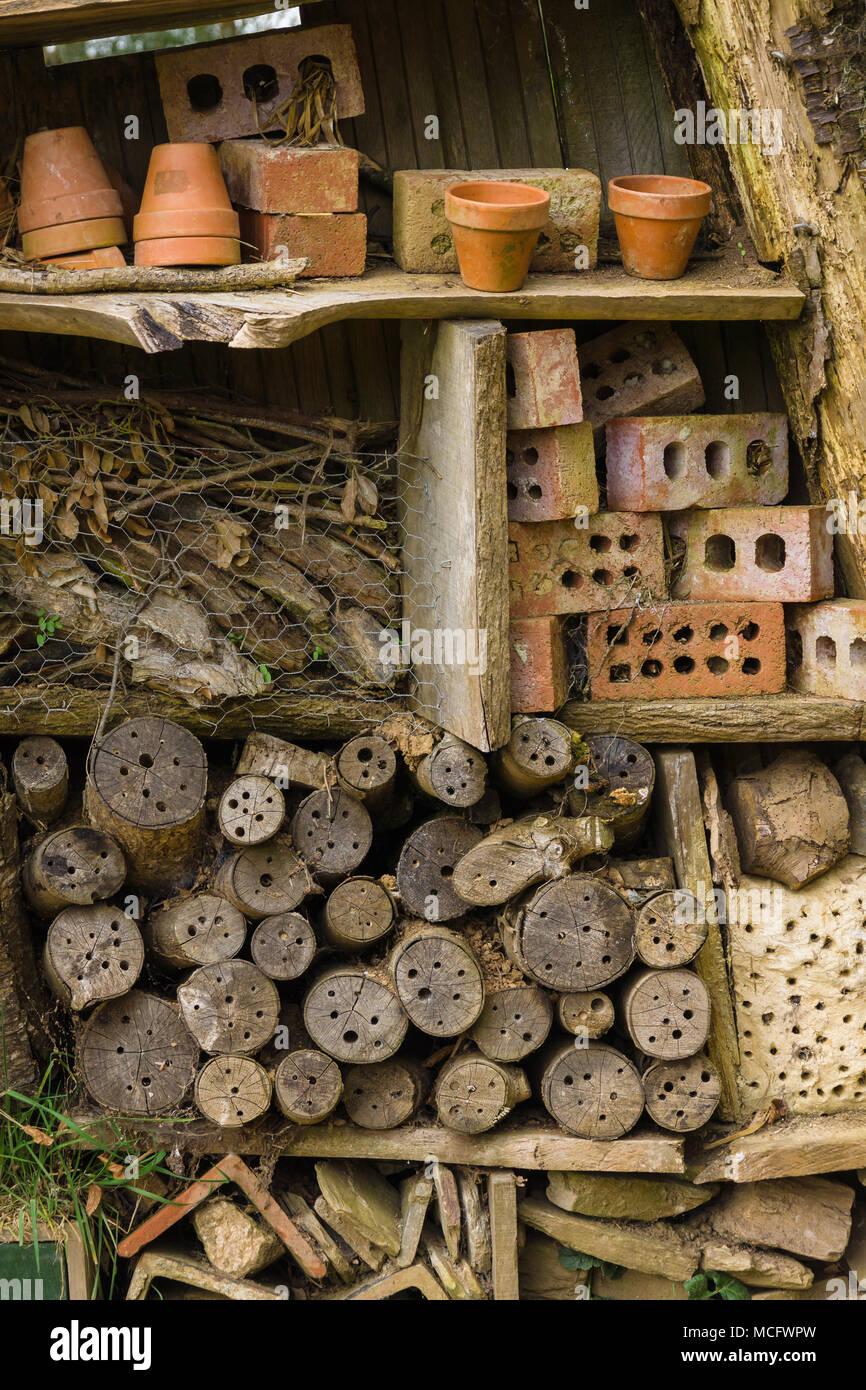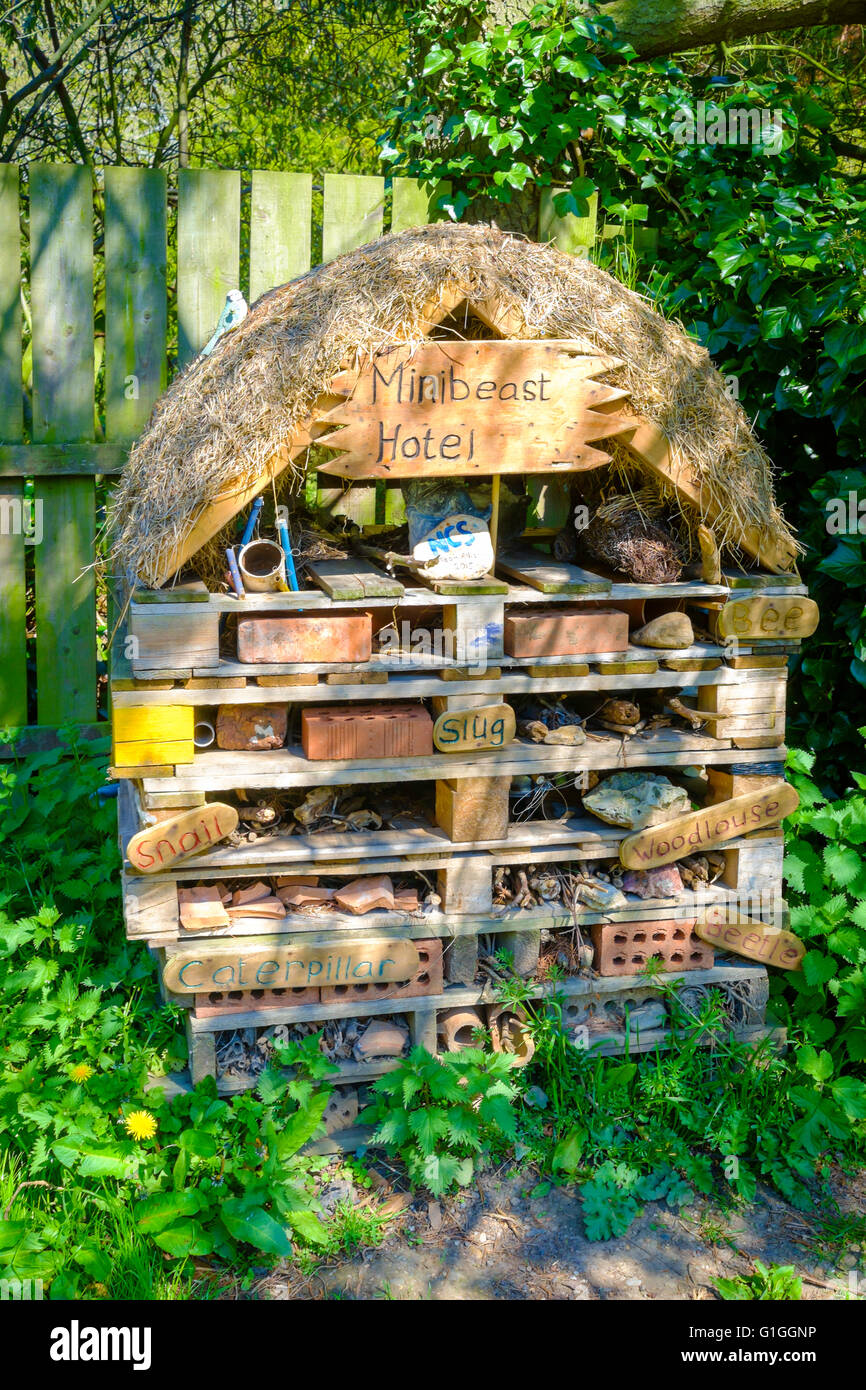Table Of Content

Keep these away from your pets, though, as they can be quite toxic when ingested. Dealing with a pill bug infestation can be frustrating, but with the right approach, you can eliminate them from your home. The main strategies for removing pill bugs from your home include minimizing moisture, removing debris, and sealing pest entry points. Other strategies involve using DIY natural and chemical remedies and contracting professional help. Pill bugs cluster in dark, moist corners, under furniture, near water sources, and under flowerpots or rotting wooden boards.
Boarding for beetles
Lavender is soothing for us humans, but not so much for certain insects. I also heard her mumbling and calling herself "bughouse," and with the word her old head would fall humbly on her breast. Natural predators of silverfish include earwigs, centipedes, and spiders. Natural predators of mosquitoes include purple martins, swallows, geese, terns, ducks, songbirds, goldfish, guppies, bass, bluegill, and catfish. Natural predators of earwigs include birds, lizards, frogs, centipedes, spiders, and yellow jackets. The MSU Bug House offers a variety of in-person and virtual educational programs about insects and other arthropods.
Leffen Drops Out of The Big House 11 Over Death Threats - Esports Illustrated
Leffen Drops Out of The Big House 11 Over Death Threats.
Posted: Sun, 22 Oct 2023 07:00:00 GMT [source]
Creative ideas for a Family Friendly Garden
This rustic style of DIY bug hotel is an absolute winner if you’ve got the space. Making the most of dry materials that you could find in the garden, the chunky objects are pleasing for human eyes and super cost for bug buddies. Chicken wire keeps everything secure, and a covered roof offers just enough protection.
What to look for in a bug hotel
For the most part, you’ll want to leave your bug box undisturbed, but there’s no harm is adding a little latch so you can clean it out every couple of years – and have a nose inside! The red door on this little insect hotel is very cute, but make sure you’re using organic dyes if you decide to colour your own bug house. Learn how to make a simple bug house for the garden to attract pollinators. They also offer space for predatory insects that will help with natural insect control.

Professional pest and bee removal are necessary to deal with these nests and to ensure there is no structural damage. Termites are considered the most destructive household bug and they are responsible for over five billion dollars of damage in the United States every year. They are socialized bugs that live in large colonies and feed on cellulose from wood products within your home, including wooden support beams and sheetrock in your home.
An insect hotel can become a home for solitary bees, ladybirds, spiders, flies or even wasps. You should check your insect hotel often to see what insects are living there. Insect hotels can be used as temporary shelter for visiting insects to escape rain and wind. If you are making an insect hotel at home make sure you choose natural materials. Use different materials like sticks, bark, straw and small branches. This will allow insects of all sizes to find a place to hide and find shelter.
Put your insect hotel in a safe place at least 5-8 feet off of the ground. Insects will find a home in your hotel if it is well protected from the weather. If you have lemon or lime trees, you can even hang your bug hotel under the protection of the canopy. Insects will be nearby to pollinate your lemon or lime tree in spring.
Filler materials for bug hotels
“There isn’t evidence that butterflies use these structures,” says Hopwood. Bee houses are artificial nests for solitary species like mason and leafcutter bees. They’re typically wooden boxes with pre-drilled holes or tube inserts. In the fall, bees lay their eggs in the holes, stockpile pollen for the larvae to eat, then seal the tubes with mud or leaves.
How to build a bug mansion
Ladybugs (a beneficial garden predator if you’re growing vegetables) like to hibernate in dry sticks and leaves. Avoid overfilling the bug house, but do offer plenty of small crevices where bugs can hide and rest. 50 DIY bug hotels with material and instructions to attract bugs has tutorials for best how to build insect hotel projects and make bug houses for home gardens. Here you will find information to start making a bug house and tips to successfully welcome the garden friends. The best place to put an insect hotel is a sheltered area out of the wind around 5-8 feet off of the ground. Keep bug houses in a place out of reach of dogs and cats and in an area that gets morning sun to prevent mold.
While not considered dangerous, ants can spread bacteria throughout your home that they pick up when walking. Check out our list of some of the most common pests in California homes that our pest control technicians deal with on a regular basis. Chances are you’ll learn something new, or you may get inspired to call a pest control company near you.
This will make it easy for flying insects to make their way in and will keep natural predators like skinks and lizards out. You can attach the insect hotel to a tree, to your garden fence or even under a verandah. Sticks, dead plant stems and compost clumps are a paradise to most beetle species. If you’ve got a compost heap, grab some of the soil and include it in a bug hotel room (and if you haven’t got a compost heap, take a look at our compost ideas to get started). Different bugs are attracted to different types of accommodation. If you’re angling for a particular type of insect, check whether they prefer cool shady spots, or a little bit of sunshine.
Also, before hanging the bee house, it is advisable to wipe the straws clean. They won’t use those that are open at both ends, so make sure that those featured in your bee house are closed off at the back. Solitary bees are, unsurprisingly, a type of bee that lives on their own instead of within a hive.

No comments:
Post a Comment